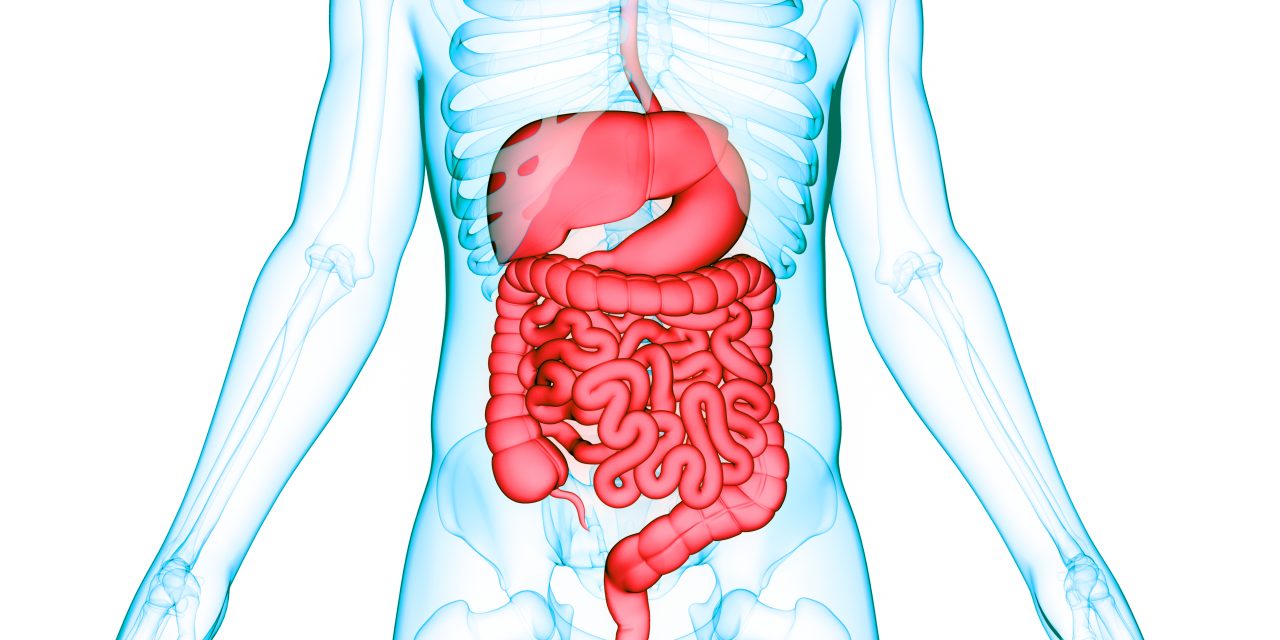Bifidobacterium is a microbiota that plays a vital role in maintaining and adjusting the homeostatic balance in the infant’s intestine. A study intended to elucidate the bond between the maternal gut microbiota and the infant’s gut microbiota and observe the Bifidobacterium species, which might transmit from the mother to the infant in 42 days of the infant’s life. There were 19 fecal samples collected off the mother-infant-pair. The variety and composition of the total bacterial and bifidobacterium communities were observed through 16S rDNA, and the bifidobacterial groEL gene was high throughout the sequencing. The outcomes revealed that the corresponding amount of bifidobacterium was too high in the infant’s gut; however, Parabacteroides, Claudia, Coprococcus, Lachnospira, and Faecalibacterium were low in the 7-day and 42-day infant fecal sample as compared to the maternal models. The maternal guy had more B. pseudocatenulatum. In the group of infants, B. breve and B. Dentium relative amount increased while B. animals subsp. lactic decreased from day 7 to 42. Moreover, B longum subsp. longum isolated from FGZ16 and FGZ35 might transmit from the mother to the infant and colonize the infant’s gut. Researchers showed the insight of the infant’s gut microbiota composition and structure during the first 42 days of the infant’s life, which may help to guide bifidobacterium supplementation techniques in mothers and infants.
Link:www.tandfonline.com/doi/full/10.1080/19490976.2021.1908100


